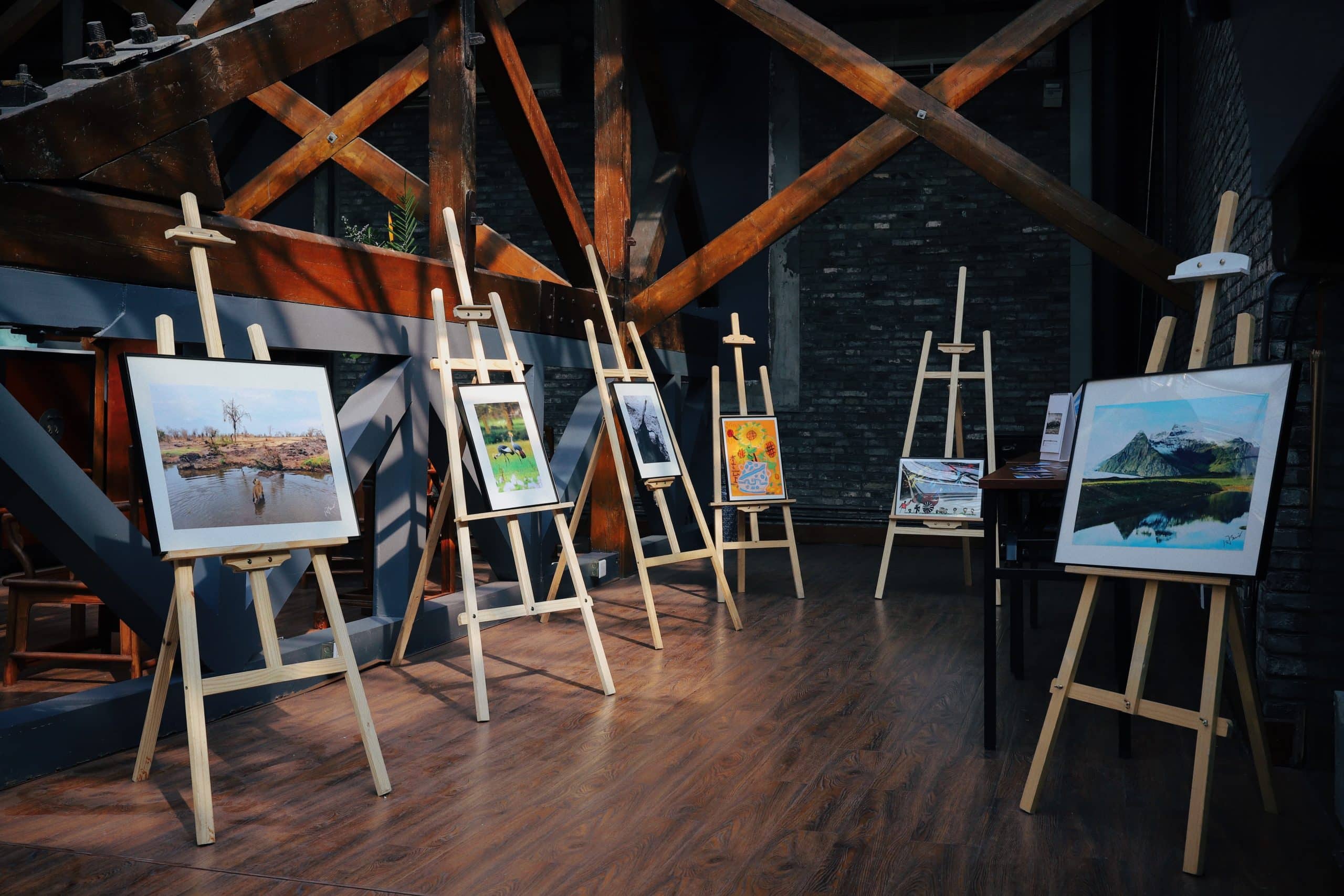London is the centre of the art world, and throughout the existence of art galleries and bespoke framing to display them, has seen some of the greatest, most influential and most revolutionary works ever made be presented to millions of people.
The reactions to these works, as is the case with a lot of powerful art, are profound, mixed and highly divisive, a reaction stoked and used to incredible effect by the Young British Artists of the 1980s and 1990s.
However, some pieces go an extra step and caused huge controversies and outcries, almost always igniting a debate about the nature of art and how far one can go when it comes to transgressive works.
Myra – Marcus Harvey
One of the most famous exhibitions to ever take place in London was Charles Saatchi’s Sensation, a 1997 collection of many provocative works, including some of the most famous YBA pieces of the era.
Whilst Damien Hirst’s The Physical Impossibility of Death in the Mind of Someone Living is the most famous given that it consists of a shark in blue formaldehyde, perhaps the most infamous work was Marcus Harvey’s painting Myra.
A reproduction of the infamous mugshot of Moors Murderer Myra Hindley made using a cast of an infant hand print, the painting was immediately and strongly criticised, including by the incarcerated Hindley herself, and was repeatedly vandalised during Sensation.
Mr Harvey noted that as a statement it only was so potently reviled because it was a photograph that had been printed alongside details of utterly heinous crimes for over 30 years.
The Hanged Man’s House – Paul Cézanne
In 1910, Roger Fry organised an exhibition entitled Manet and The Post Impressionists which was the first time prominent works of art from artists like Vincent Van Gogh and Paul Cézanne were displayed in England and caused an astonishing level of controversy.
The Hanged Man’s House was not a controversial work by itself, but was reflective of a highly controversial exhibition of late 19th-century French artists, particularly given that they had adopted a painting style far removed from the realism most English art critics of the day would have been used to.
This criticism is somewhat surprising in retrospect given that many of the pieces described as portraying a “sickness of the soul” in contemporary reviews would later be considered amongst the best and most important works of art ever made.
This exhibition, whilst cruelly lambasted at the time, ultimately became a turning point for the world of art as a whole.
Hatstand, Table And Chair – Allen Jones
A set of sculptures seen as so offensive that at one point they were attacked by paint stripper, Allen Jones’ pop art explorations of male desire and sexual objectification took the criticisms feminism’s Second Wave had to their most ludicrous extremes.
There were immediate calls for them to be banned in 1970, and a similar design with the blessing of Mr Jones was depicted in the 1971 film A Clockwork Orange, which received a similarly strong mix of responses due to its depictions of violence against women.
